Cultural and Creative Industries (CCI) is a concept that refers to the application of cultural, traditional, and heritage elements into modern products and services to create economic value and at the same time spread cultural identity to the general public.
In China, creative culture has become a strategically oriented development area in national planning.
In the “14th Five-Year Plan for Cultural Industry Development” (2021-2025), China affirms to perfect the policy on developing creative cultural products in cultural-heritage units.
Implement policies to support the development of businesses operating in the fields of cinema, broadcasting, creative culture and design services, publishing, animation, conservation and exploitation of cultural heritage and intangible heritage.
China's Ministry of Culture and Tourism has repeatedly stressed the importance of "turning heritage into living products," encouraging local tourist attractions, museums, and relic sites to develop creative models associated with local identity.
In Hubei province - the cradle of many legends and long-standing historical relics, creative culture is infiltrating every tourist space, from the smallest souvenir stalls to stages recreating legends.
Wuhan is a prime example of this way of thinking, where heritage does not lie dormant in glass cabinets, but is alive in every experience.
History on Keychains: Creative Culture Starts with Small Details
At the Hubei Provincial Museum in Wuhan City, it is not difficult to find souvenirs designed based on images of typical historical artifacts, with extremely rich and diverse types and forms.
From keychains simulating the shape of bronze bells from the Warring States period, refrigerator stickers printed with ancient motifs, to items inspired by sacred beasts in tombs or the sword of King Yue Goujian... All are not only souvenirs to collect and display in cabinets, but also "a way to hold history in your hands."
This is the simplest form of creative culture, but it is very popular and effective, especially with young tourists. These items contribute to "calling history" in everyday life in a gentle, close way.
Ms. Thien Thu, a tourist from Beijing, shared: “I really like to buy creative cultural products when I travel. This time when I went to the Hubei Museum, I bought a toy replica of the sword of King Yue Goujian. My daughter could not go with me, but I wanted her to feel the charm of this sword. Through the toy, she can observe the shape and manufacturing characteristics of the sword, which has greateducational significance.”
Ms. Thien Thu added that compared to textbooks or exhibitions, creative cultural products have more vivid and trendy images. When inspired by artifacts, these products also clearly emphasize the main features, making them easier to recognize when viewing the artifacts.
Creative cultural activities are also more interactive, lively and engaging than learning through reading or listening to lectures alone.
Guqin Tai: When milk tea carries the soul of ancient music
At the Ancient Qintai Relic Site – the place associated with the story of the soulmate between Ba Nha and Tu Ky, the culture of “soulmate” (truly understanding the heart through music) as well as the ancient Chinese musical tradition, creative culture has been raised to a new level: combining music, technology and experience.
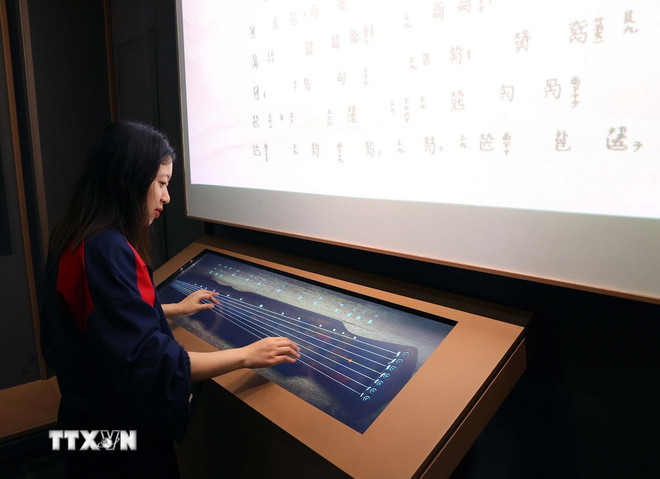
Here, visitors can also rent ancient costumes, pose next to a guqin and take “check-in” photos; but the most special thing is the “Creative Culture” teahouse located right on the premises.
Here, the teas are named suggestively in the language of music such as "Cam Am" (strings of the zither), "Tam Huyen" (strings of the soul), "Cong Minh" (resonance)...

In particular, each cup of tea has a QR code - when scanned, it will lead users to a website that plays ancient music. Tea drinkers can sip the flavor while enjoying ancient music, recreating the leisurely and elegant spirit of ancient intellectuals.
Mulan-Iron Flower: A Creative Wonder from Legend to Performing Arts
At the Mulan Sleepless Street (in Huangbi District, Wuhan City), a unique creative cultural space has been formed - not only for "check-in", but also for living in legend.
The outdoor stage area in the center of the neighborhood always attracts the most visitors. Here, viewers can enjoy the play “Mulan Joins the Army in Her Father’s Place.”
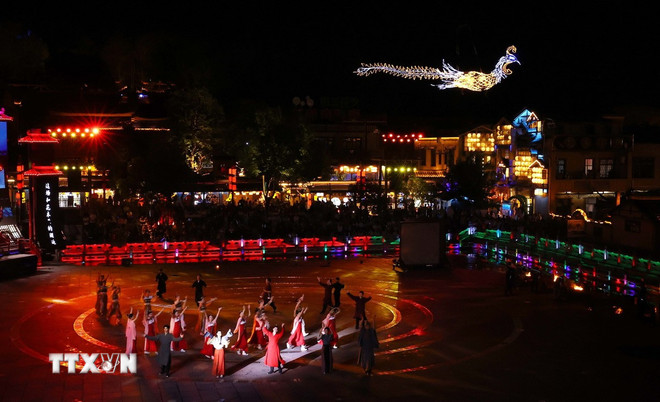
According to legend, Hua Mulan lived during the Northern Wei Dynasty. When the war broke out, because her younger brother was too young to join the army and her father was old and weak, Hua Mulan took the place of the men in her family to go to the battlefield and fulfill their military duty.
The performance that the audience looks forward to the most is at the end of the play, when Mulan returns home victorious from the enemy. To welcome her, the villagers come up with a special way to celebrate, which is to heat molten iron at 1,600 degrees and use a ladle to throw it into the sky, creating a brilliant and magnificent "iron fireworks" display.
The iron fireworks performance (da te hua) was recognized as an Intangible Cultural Heritage of China in 2008.
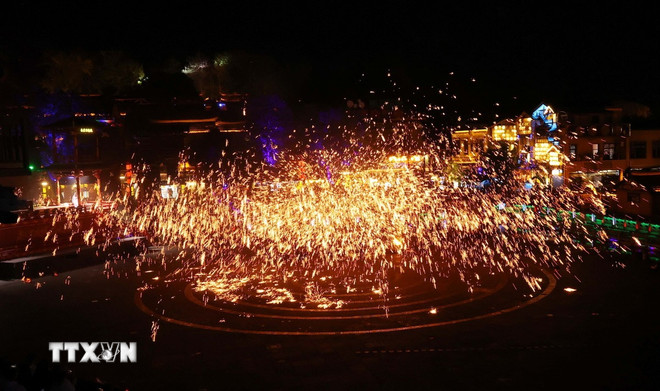
It is worth mentioning that the legend of Hua Mulan and the art of “iron fireworks” are not historically related, but according to Mr. Cat Thien Tai, Chairman of the Board of Directors of Hua Mulan Scenic Area Company, it is this creative combination that has created a new and moving depth.
“Today, there are fireworks to celebrate festivals, in the past there were “iron fireworks” – a ritual to pray for national peace, prosperity and good fortune. We combined iron fireworks to recreate the scene of Mulan returning victoriously, to convey the message: despite obstacles, keep moving forward, do not retreat… This combination is a modern creation, based on a strong visual foundation and symbolic message” – Mr. Cat Thien Tai said.
The audience was amazed by the light show from molten iron. (Photo: Van Diep/VNA)
When creativity is the way for history to come out of books
Mr. Yang Bozhi, Deputy Secretary General of Wuhan City Tourism Association, said that the Wuhan City Government, especially the Department of Culture and Tourism, attaches great importance to and actively supports the development of the creative culture industry. A series of policies have been issued to promote innovation, cultivate local brands and enhance competitiveness.
Creative culture is a new economic engine, a means to revive traditional heritage, and a space for young people to develop in a university city like Wuhan, he added.
Examples from Wuhan show that creative culture is not only a tool for tourism or economic development, but also a soft education method – helping history, heritage and traditional values not to be forgotten in the midst of modern life.
Recreating legends, bringing artifacts into everyday life, or creating impressive visual experiences from ancient symbols… are all contributing to lighting up cultural memories in the minds of the young generation.
History therefore no longer remains still on paper, but becomes alive and close - to be "lived with" and not just "learned by heart." Culture, as an entity with a soul and a heartbeat - thanks to creativity, can revive the old and give rise to the new./.
Source: https://www.vietnamplus.vn/van-hoa-sang-tao-trung-quoc-trong-doi-song-du-lich-o-thanh-pho-vu-han-post1039975.vnp




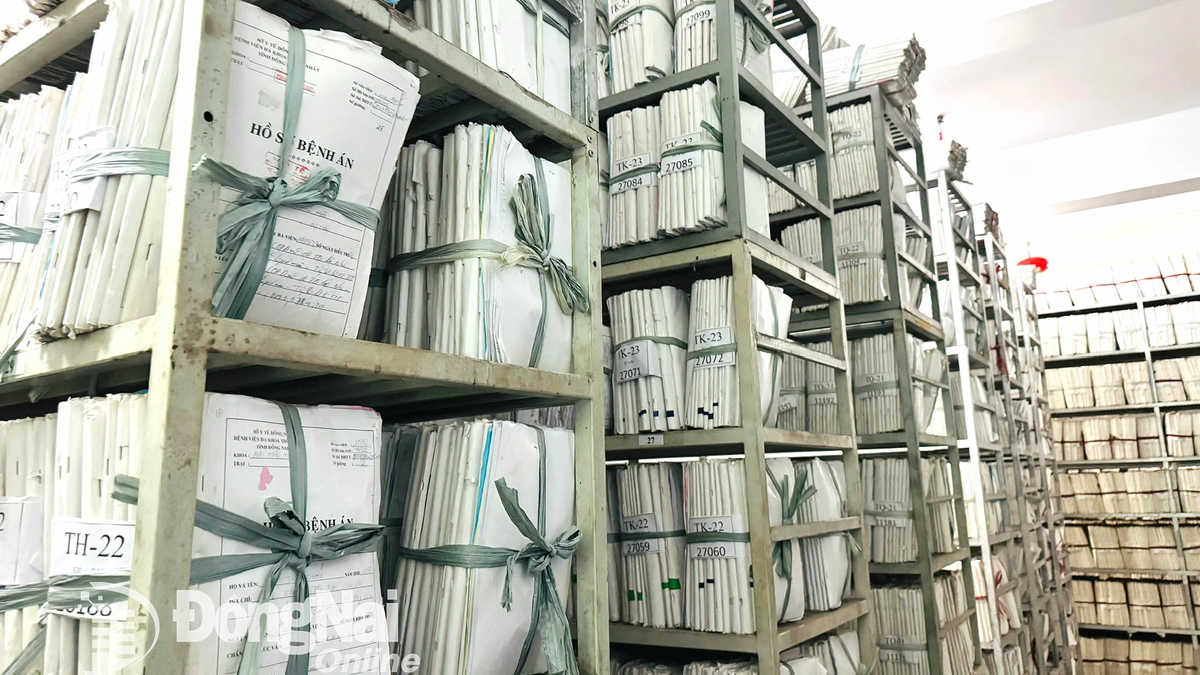

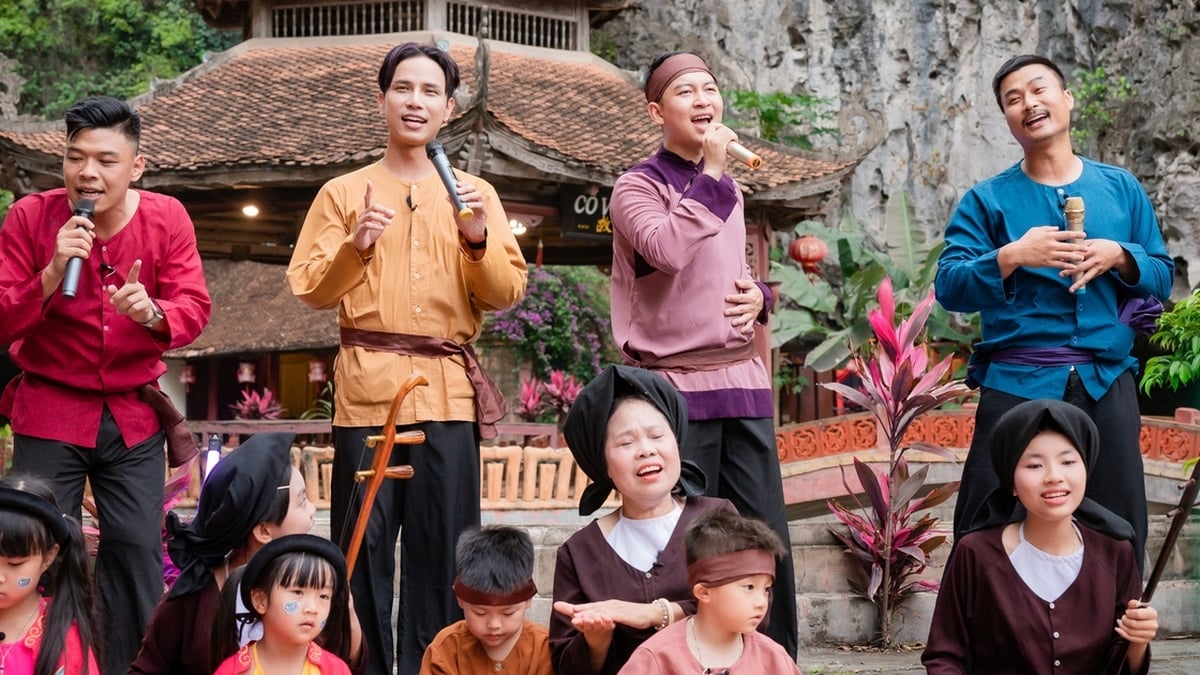

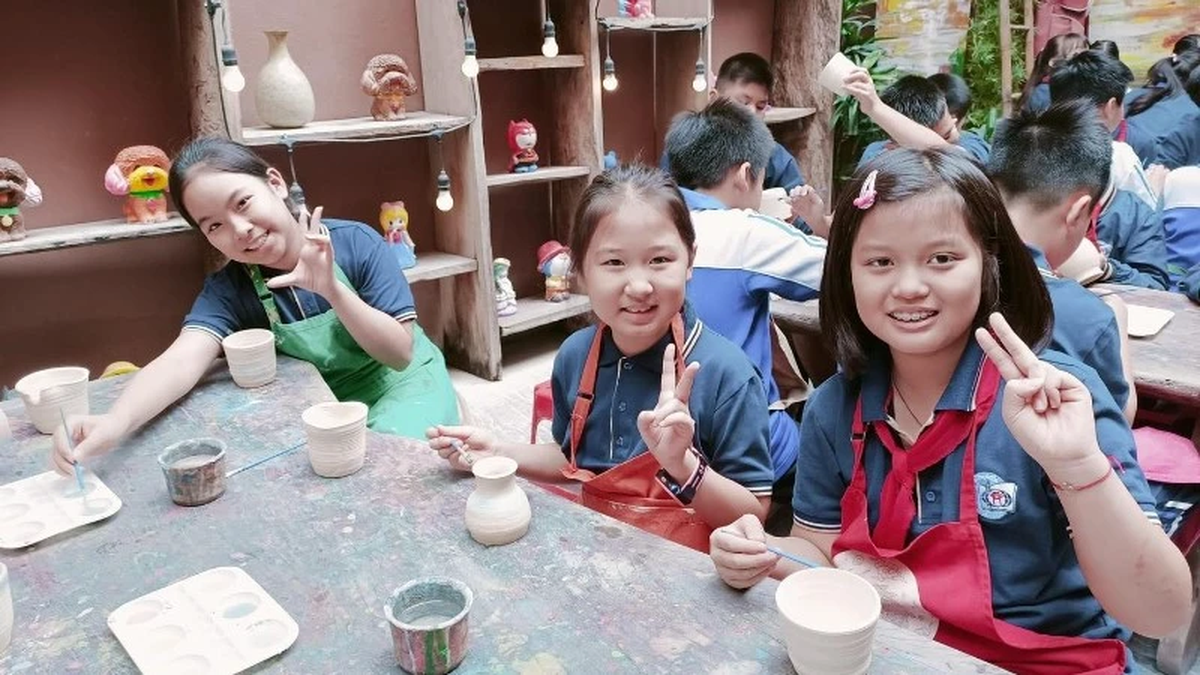


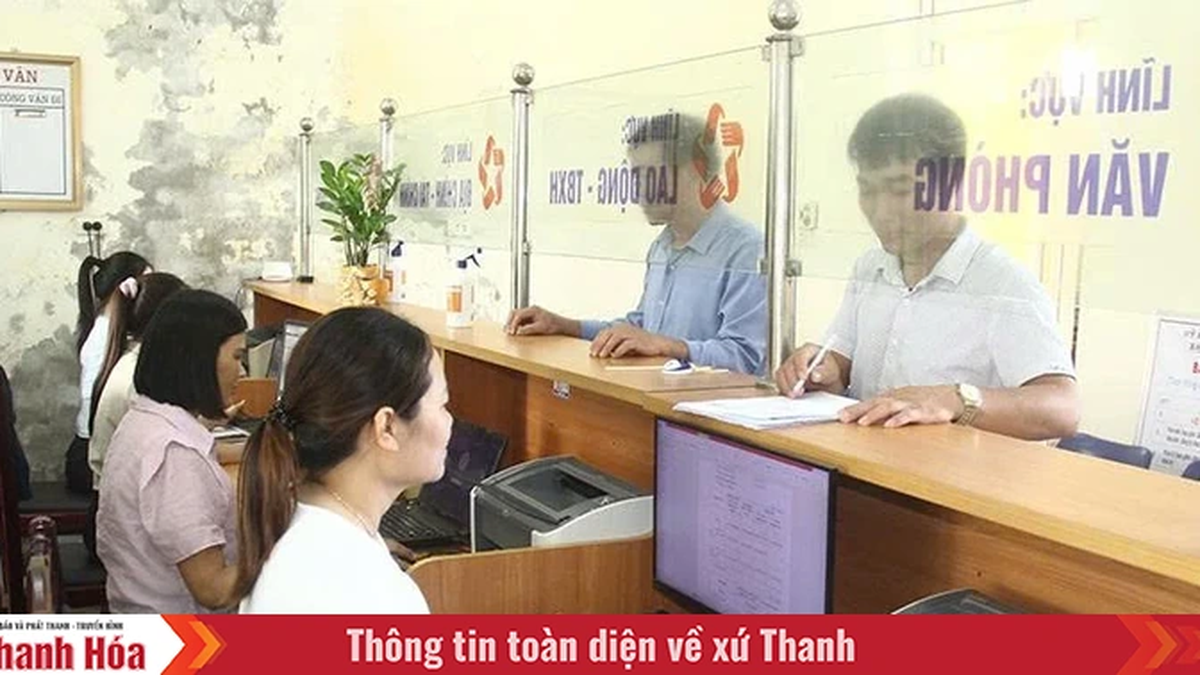











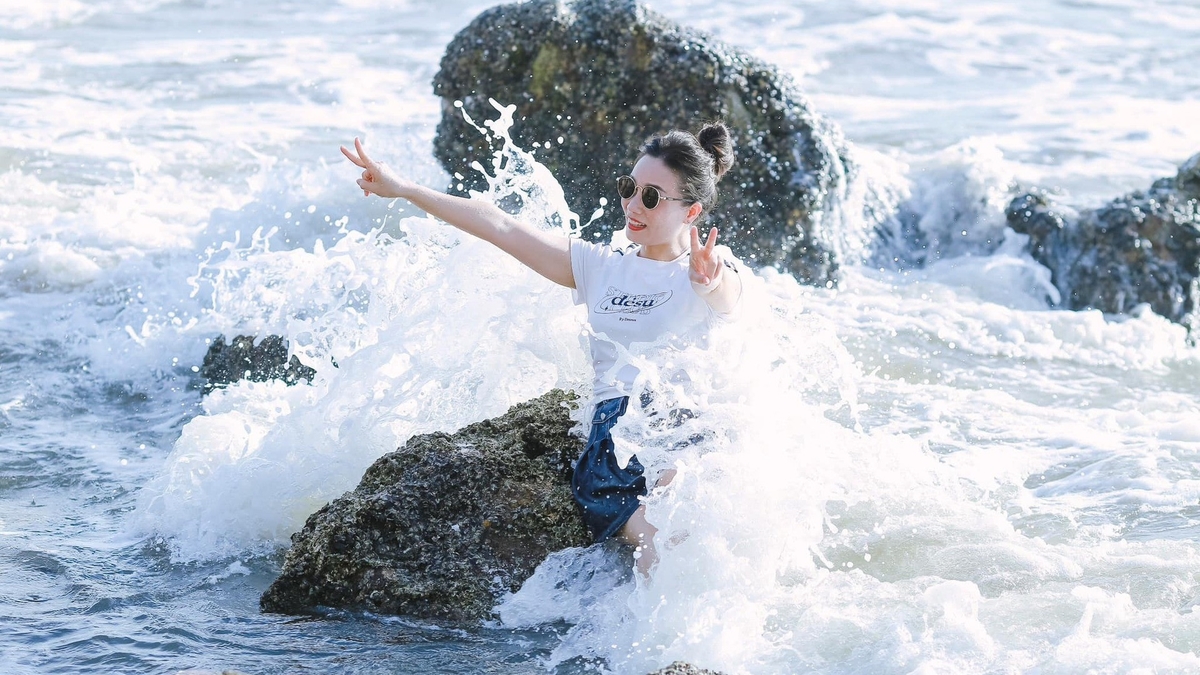
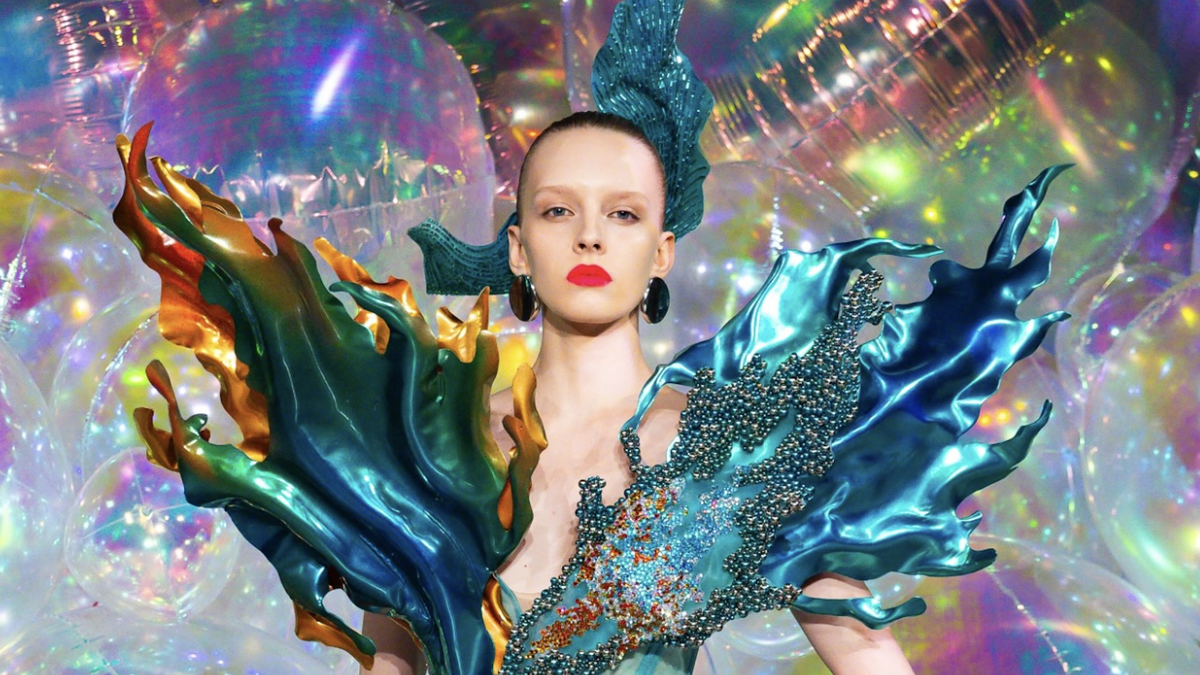
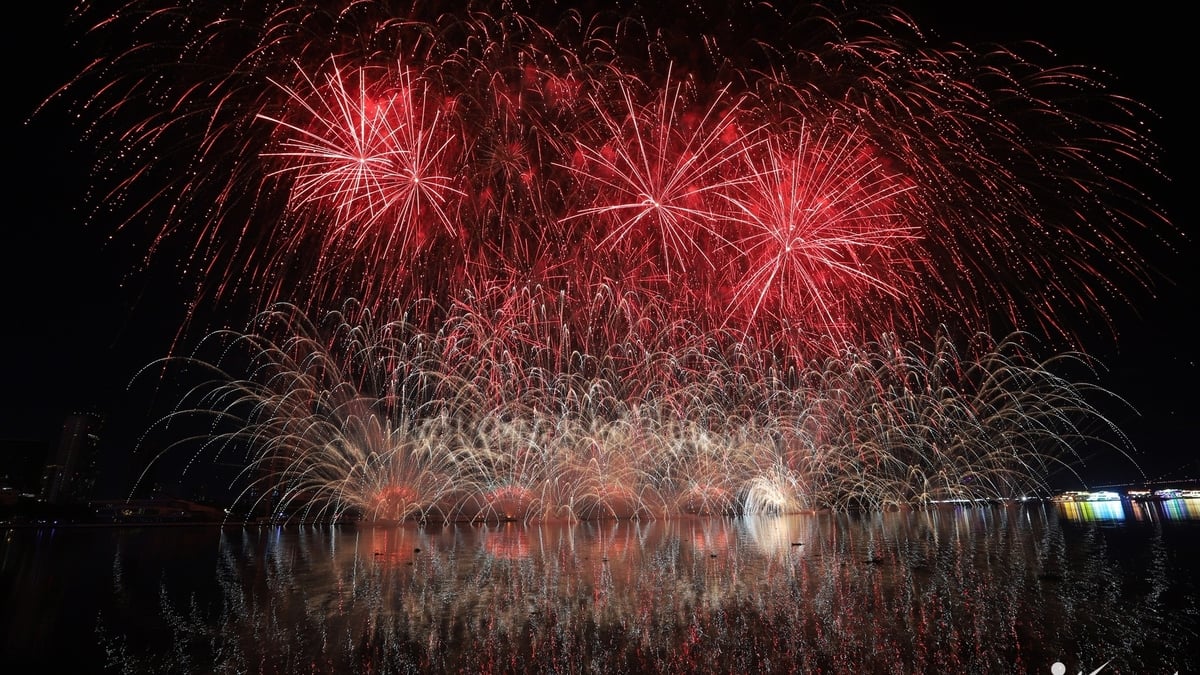
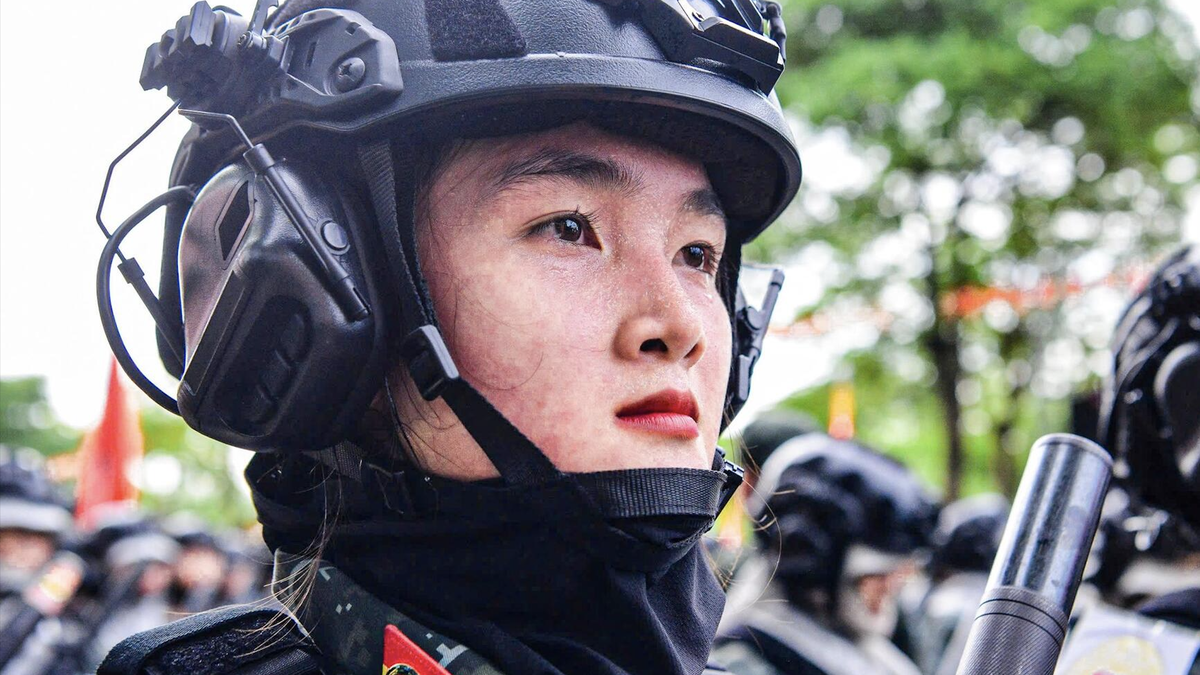

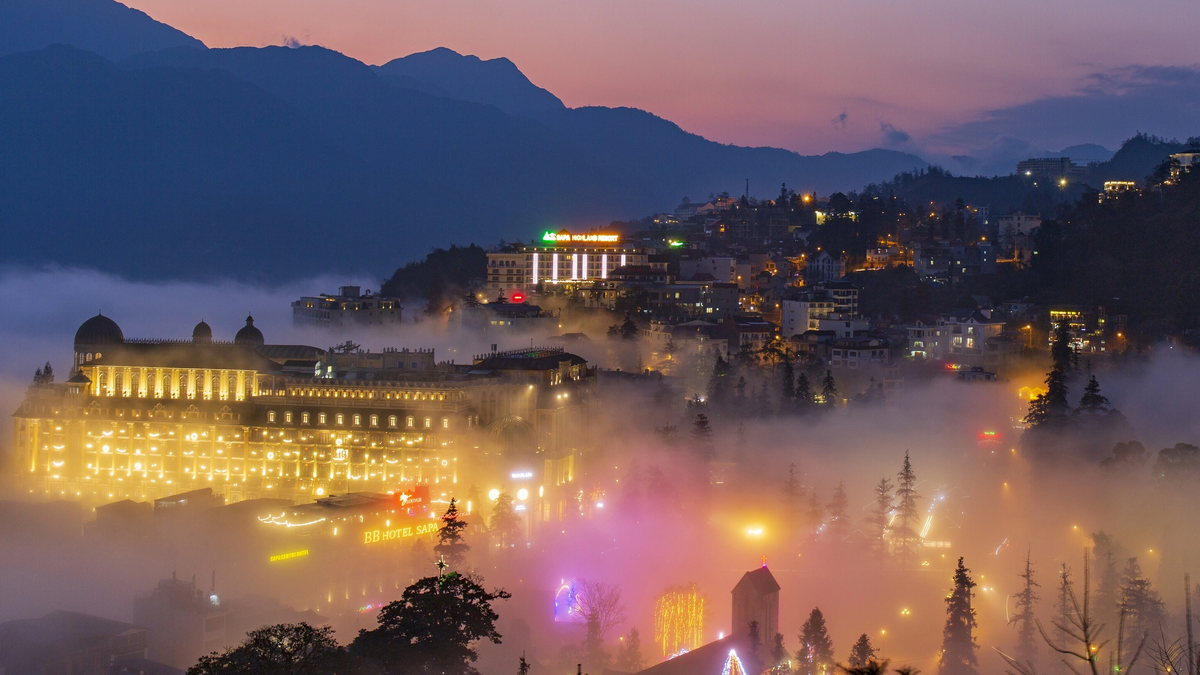
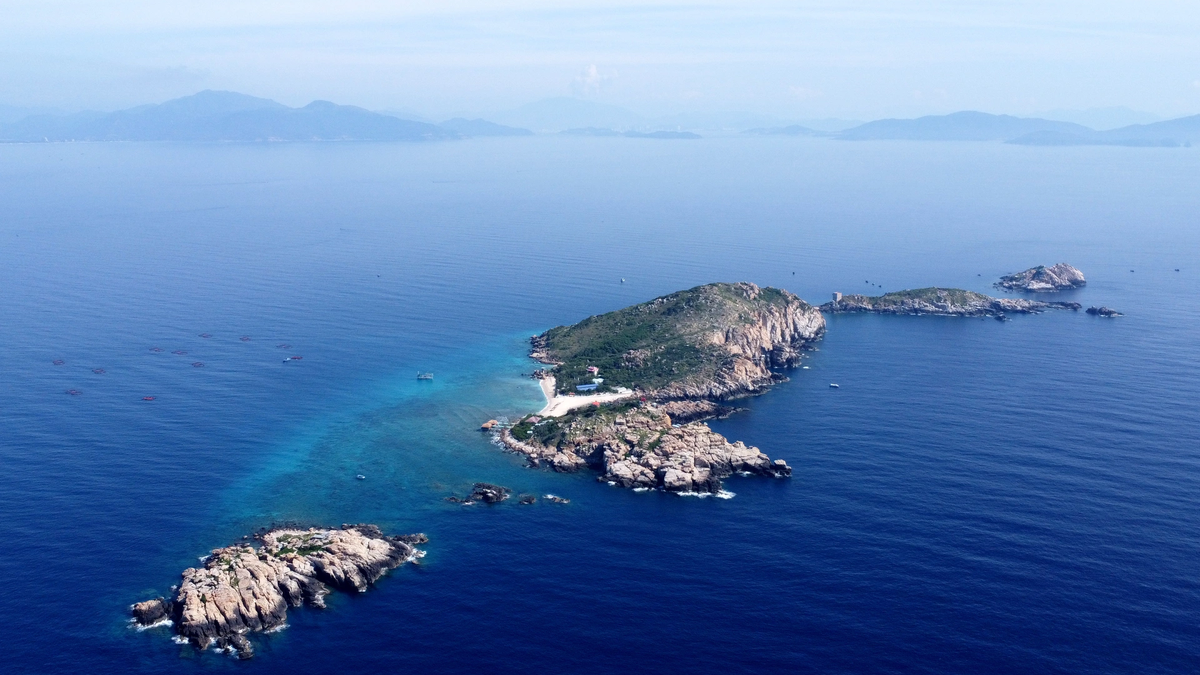
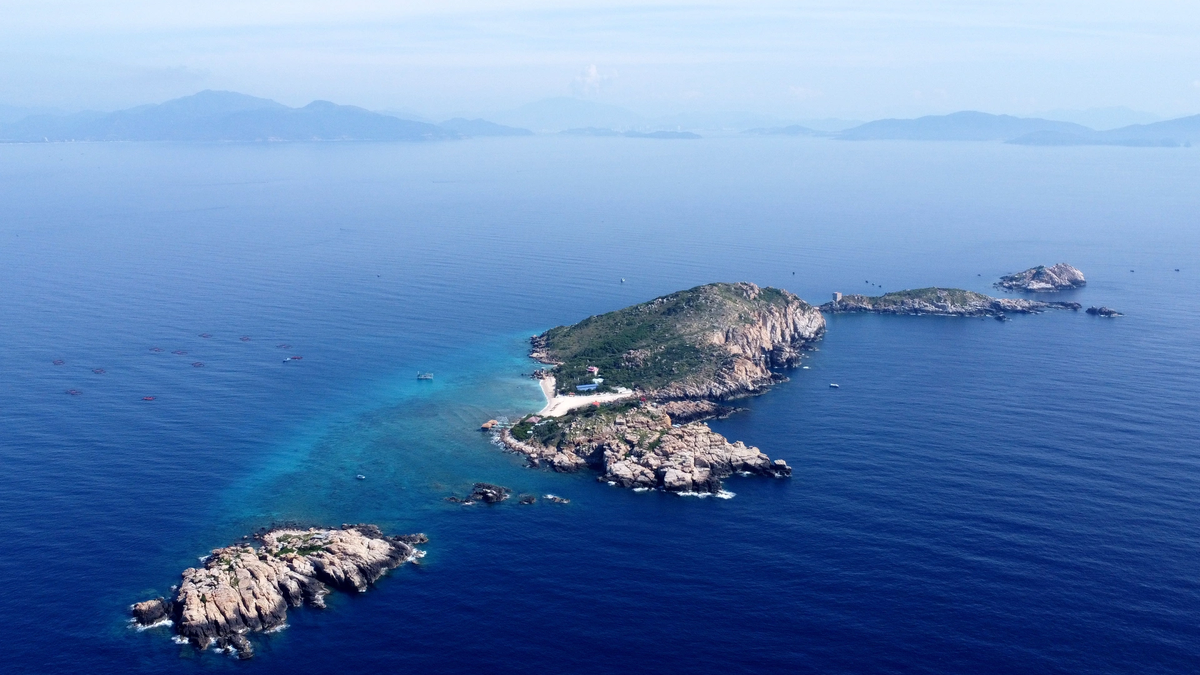

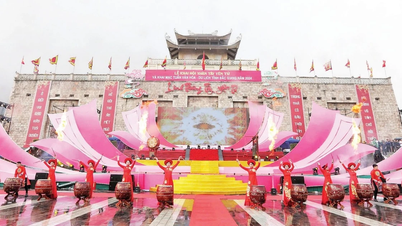

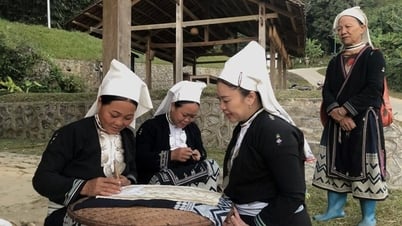

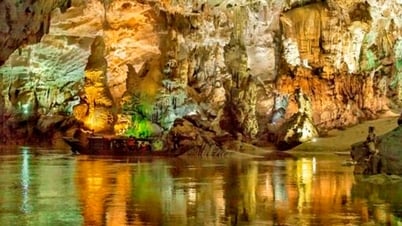

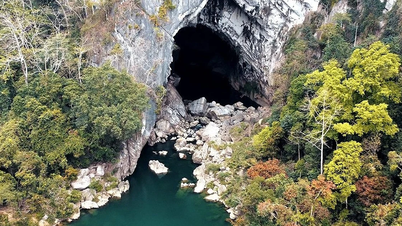


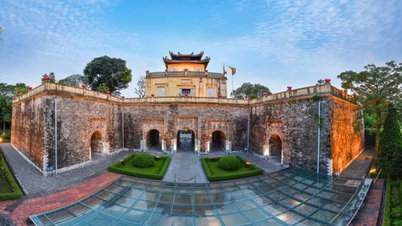
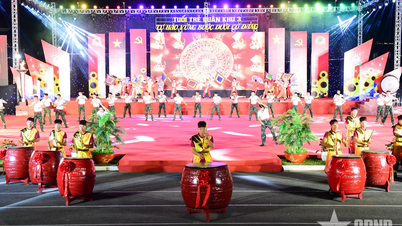

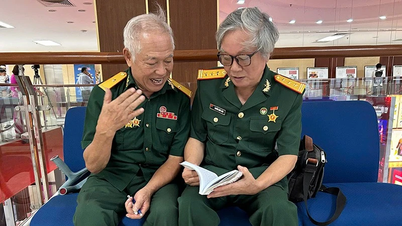
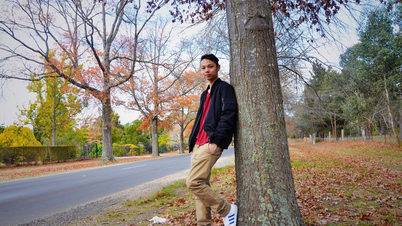

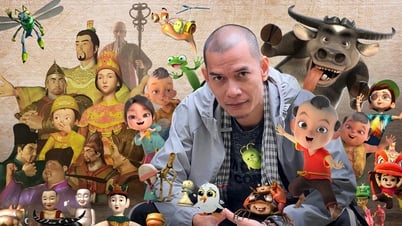



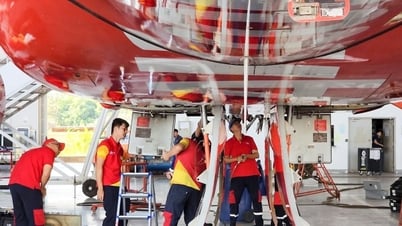

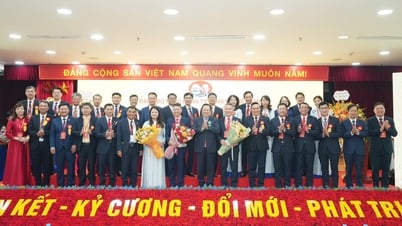



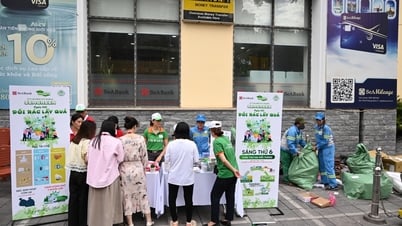




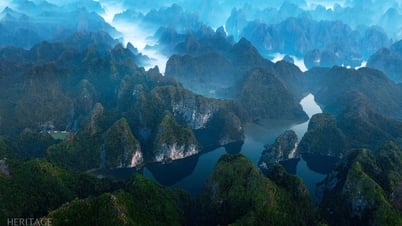

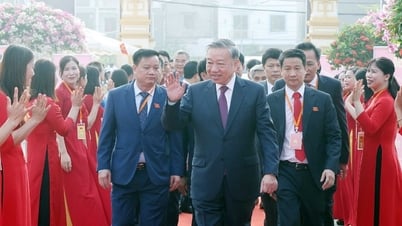

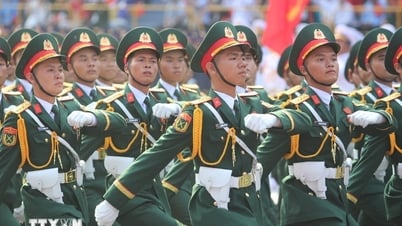
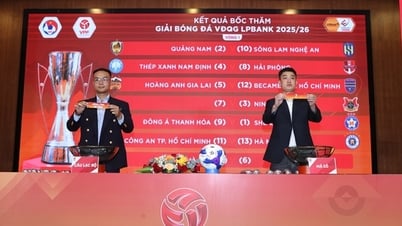

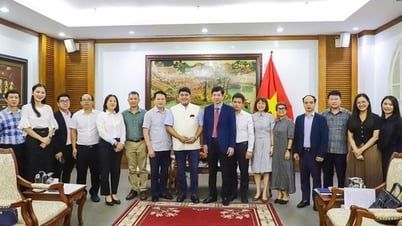
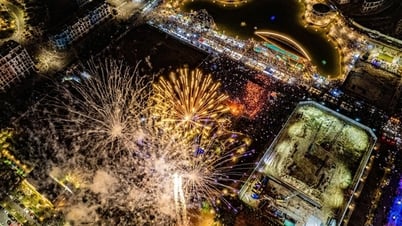
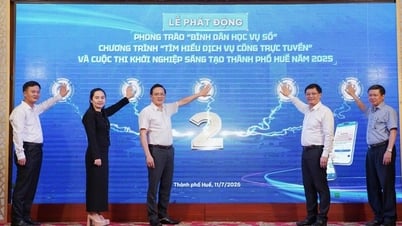



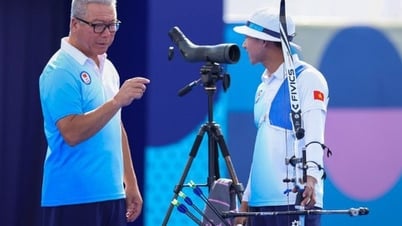







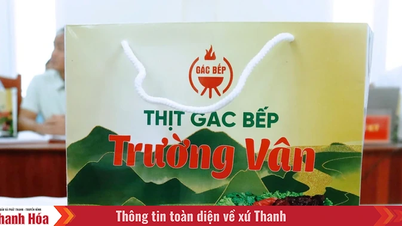

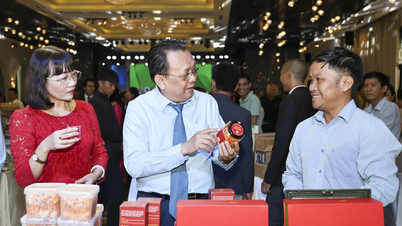

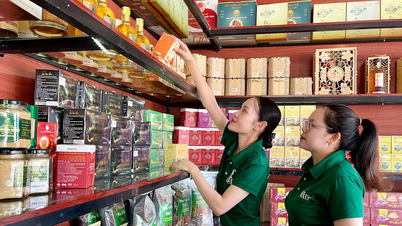

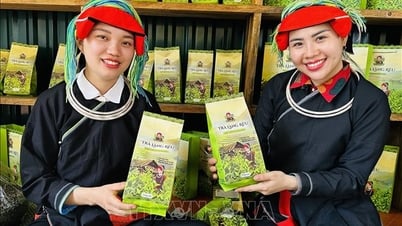

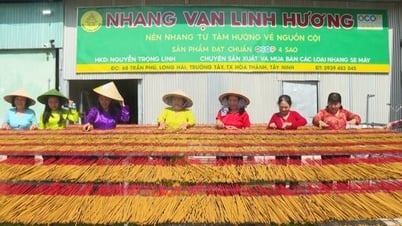

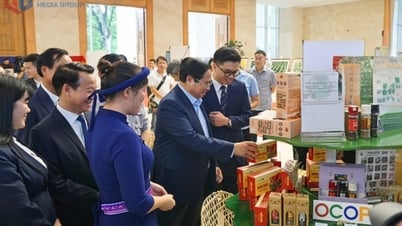


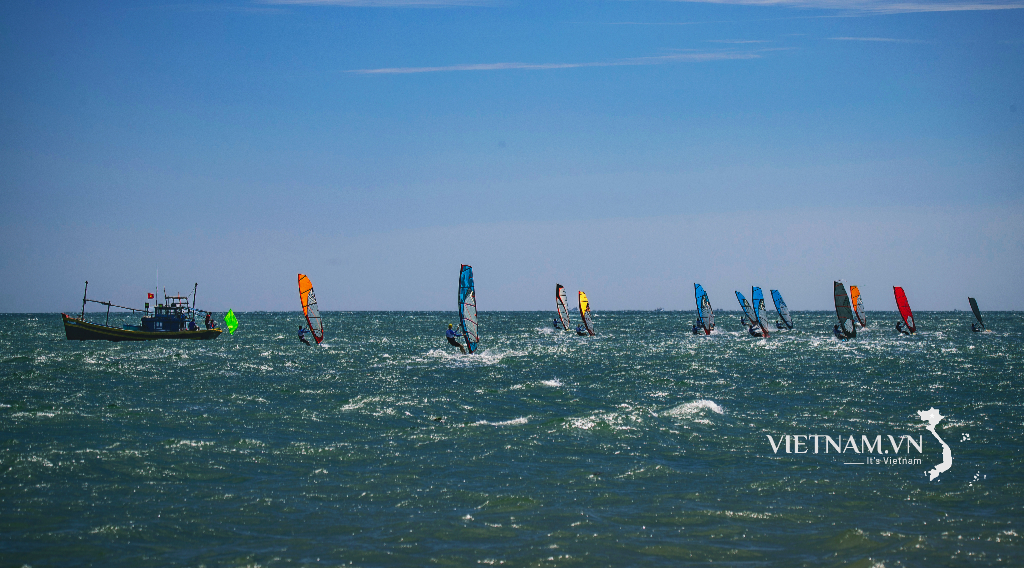

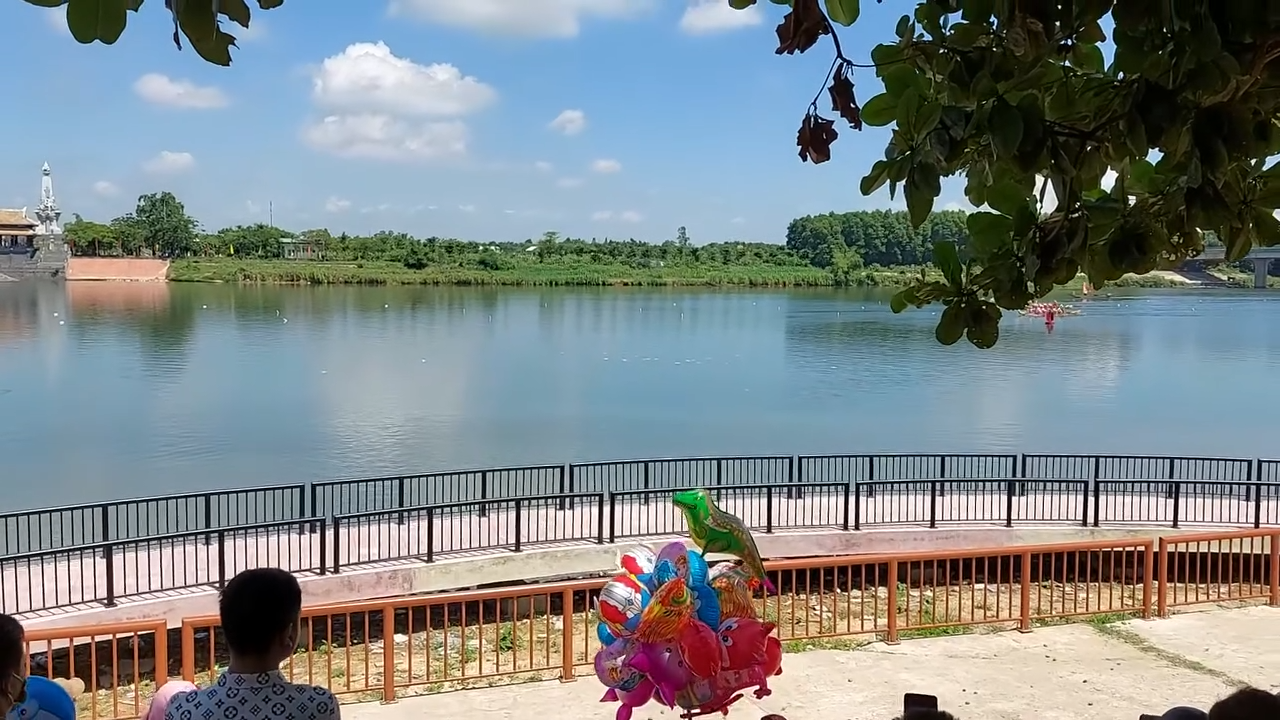

Comment (0)